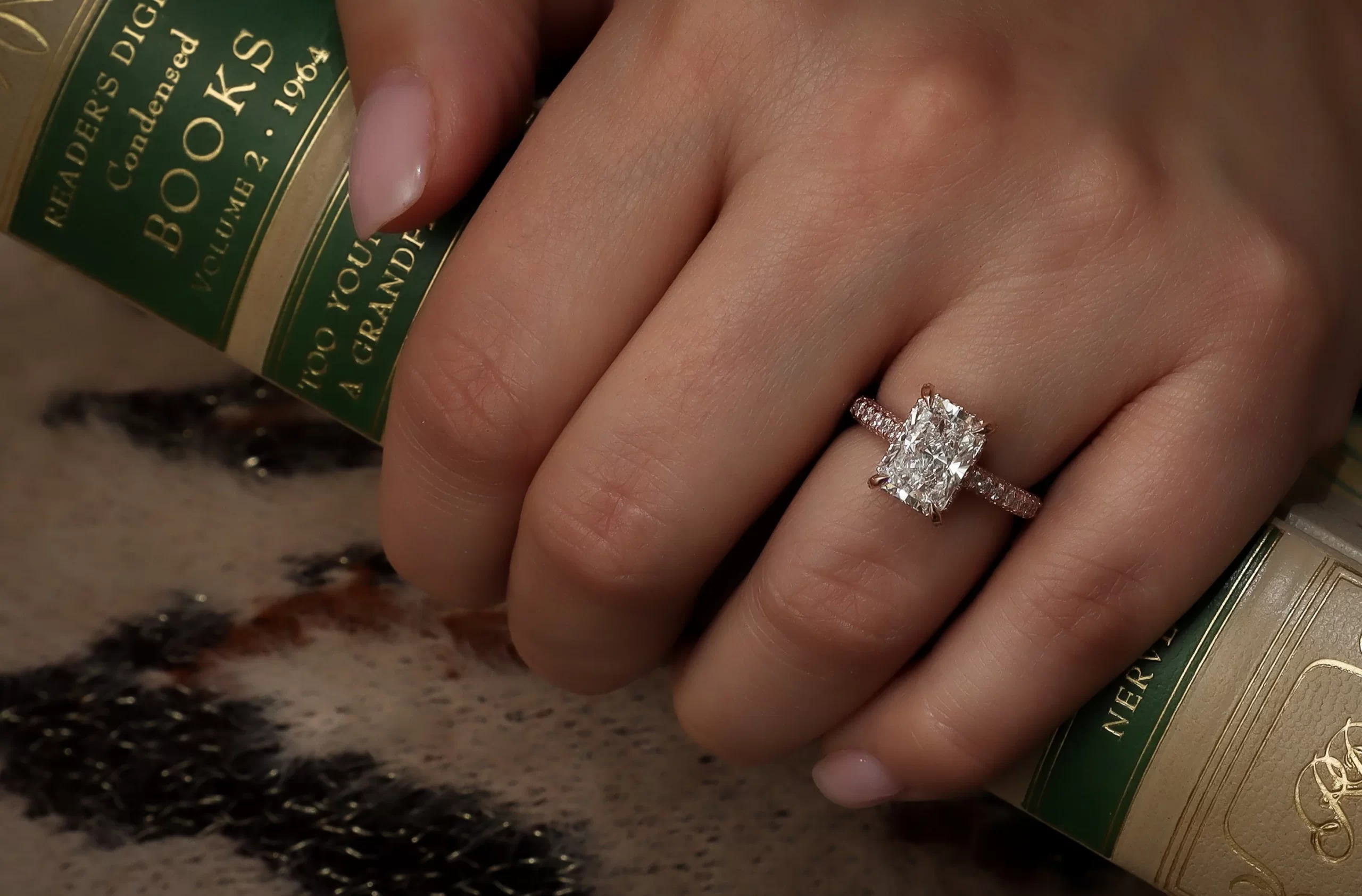A Brief History of Pawn broking
You’ve seen them everywhere, little shops with blacked out windows and blinking lights virtually littering every strip mall and street in many towns in Brisbane and across Australia. Pawn shops are probably the most popular and easy to find businesses in the world. These days you can even find them online.
Pawnbrokers have been around for centuries. According to history, the oldest record of pawn broking is in China in 206 BC. Chinese pawnbrokers allowed borrowers to take up loans with a modest interest rate of 3% to be paid off over a period of three years. This is a softer approach than what a pawnbroker Brisbane would offer.
In Europe the business of pawn broking began to flourish in the Middle ages. In England, the practice was introduced during the Norman Conquest and in Northern Italy pawn broking was very popular in the Lombardy region. Pawn broking became strongly associated with Lombardy that pawn shops started being referred to as Lombard banks and the term stayed with pawnshops throughout Europe.
If you’ve ever come across a pawnbroker Brisbane, you may see the symbol of three gold balls suspended on a bar. This is often attributed to the Medici family from Florence. Some sources attribute the symbol to the sign that the Lombard merchants in Europe used to hang outside their shops. Other sources trace the origin of the symbol to Saint Nicholas, the patron saint of pawnbrokers and yes, it’s the same Santa Claus who goes around the world on Christmas eve doling out presents to naughty or nice children around the world. Apparently, Saint Nicholas gave three bags of gold to a peasant man so he wouldn’t sell this daughters. The three gold balls stylized from the gold bags became the symbol for pawnbrokers.
If you turn to a pawnbroker Brisbane to get some quick cash, you are in good historical company. The likes of Pope Leo X once pawned his silver and palace furniture to cover his luxurious lifestyle. He was the head of the Catholic Church when Pawn broking was approved by the church in 1515. At the dawn of the Hundred Year’s War in 1338, King Edward III pawned his jewels to raise money for the English army.
Pawning wasn’t just for nobility. A lot of the early pawn broking efforts were set up to aid the poor to get access to cash when they needed to. In the 18th century, one of the biggest pawn broking operation in England, the Charitable Corporation, was set up to lend money to the poor with interest for small pledges. However within 25 years, the corporation was bankrupt due to fraudulent activities and embezzlement.
The pawn broking business has evolved over the years and spread across the entire globe. It is no longer just a business set up to help the poor, but somehow a balance between the rich and poor has been reached with different pawn brokers serving different types of customers from all walks of life.



























